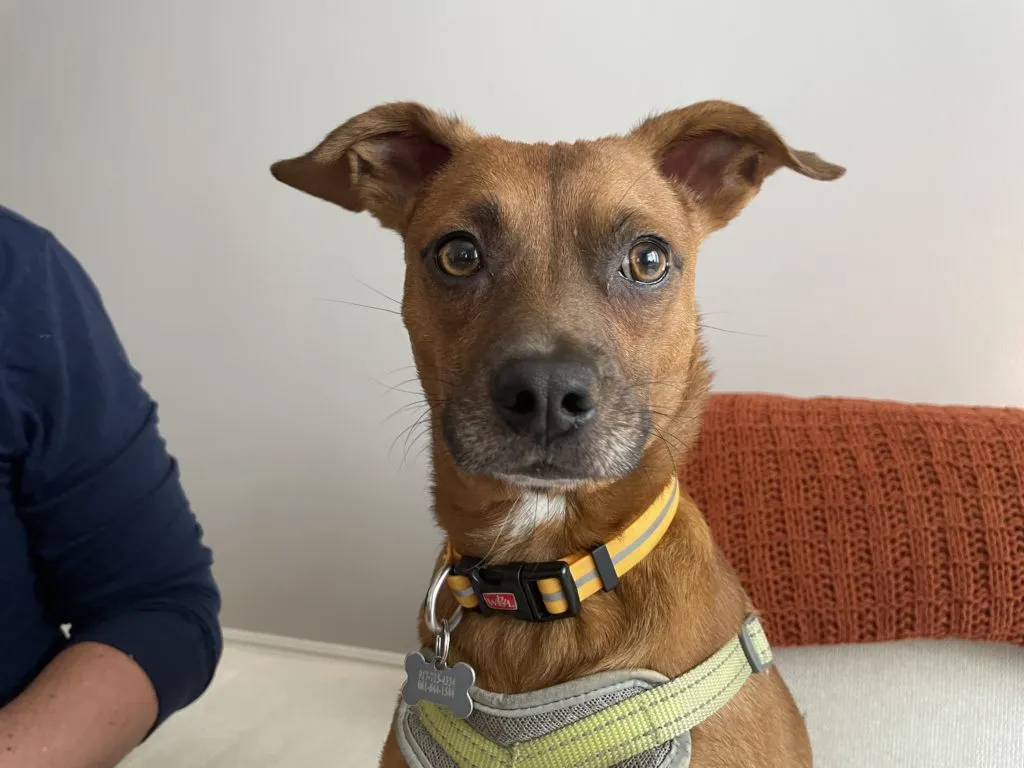The idea of training a dog to be aggressive towards strangers might stem from a desire for protection or a misunderstanding of canine behavior. However, deliberately cultivating aggression in a dog is not only dangerous and unethical but also carries significant legal and emotional risks for both the dog and its owner. At Dog Care Story, our focus is on responsible dog training that fosters well-behaved, balanced companions, emphasizing that true protection comes from control, not unprovoked hostility.
Training a dog to exhibit aggression toward people it doesn’t know is fundamentally different from teaching a dog specific protection work under highly controlled conditions. Dogs that are simply aggressive towards strangers often act out of fear or insecurity, not a clear state of mind. When a dog lunges, barks, or shows other signs of discomfort, it’s typically trying to increase distance and make the perceived threat go away, rather than intentionally seeking conflict. Misinterpreting these signals and encouraging further aggression can lead to unpredictable behavior, escalating incidents, and potentially tragic outcomes. Owners who inadvertently or intentionally foster this behavior often face legal liabilities, potential injury to innocent individuals, and the heartbreaking possibility of their dog being deemed dangerous. For a well-socialized pet, you might be interested in learning how to get your dog not to jump on people to ensure polite interactions.
The ethical considerations of promoting aggression are paramount. A dog trained to be generally aggressive lacks the critical discrimination needed to differentiate between a real threat and an innocent passerby. This can turn a beloved pet into a liability, leading to bites, lawsuits, and potentially the dog’s euthanasia. Instead, responsible dog ownership emphasizes proper socialization from a young age, exposure to various people, places, and situations, and consistent positive reinforcement training. These practices build a dog’s confidence and equip them with appropriate coping mechanisms, reducing the likelihood of fear-based aggression. If you’re looking for positive training goals, consider teaching your dog to be a calm companion, like training comfort dogs.
 A focused dog on a leash, representing the need for controlled training instead of training for aggression towards strangers.
A focused dog on a leash, representing the need for controlled training instead of training for aggression towards strangers.
If your dog already exhibits signs of aggression or reactivity towards strangers, the goal should be to manage and mitigate this behavior, not to amplify it. As seen with dogs like Zuma, who showed reactivity to strangers, setting them up for success involves strategic introductions in controlled, open environments. Increasing distance from the trigger, positive reinforcement for calm behavior, and short, positive interactions are key. For example, arranging initial meetings outside the home allows for distractions and makes the dog feel less trapped. It’s crucial that these experiences are positive and reaction-free, even if they are very brief. Consistent practice in short, successful sessions is far more valuable than prolonged, stressful encounters. This approach also applies to basic obedience, like training puppies not to jump, where consistent, positive reinforcement is vital.
For those genuinely interested in canine protection, it’s essential to understand that this is a highly specialized field. True protection dogs undergo extensive, professional training focusing on advanced obedience, precise bite work, and absolute control under a certified instructor. These dogs are taught to respond to specific commands and threats, not to be indiscriminately aggressive. Such training is not about making a dog generally dangerous but about channeling natural protective instincts into a controlled, safe, and effective manner. It requires significant commitment, resources, and adherence to strict safety protocols. This is a far cry from simply “training a dog to be aggressive towards strangers” and is comparable in its specialization to training a service dog for specific tasks.
Ultimately, responsible dog ownership prioritizes safety, ethical treatment, and a harmonious relationship between dogs and their communities. Training a dog to be aggressive towards strangers is a dangerous path that undermines these principles. If you are concerned about protection, or if your dog is already showing aggressive tendencies, seeking guidance from a certified professional dog behavior consultant is the safest and most effective course of action. They can assess your dog’s specific needs, provide responsible training strategies, and ensure the well-being of everyone involved.
